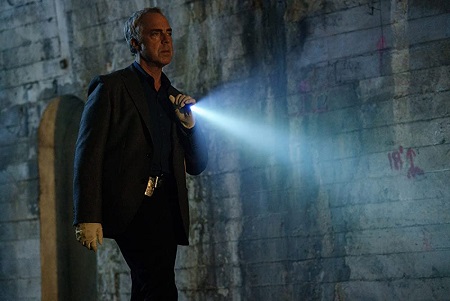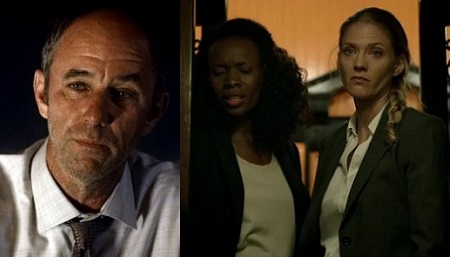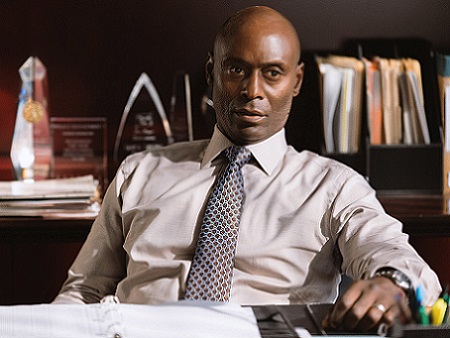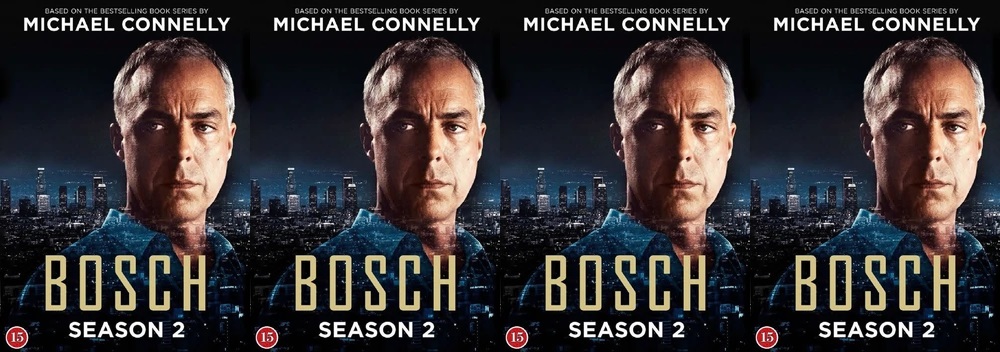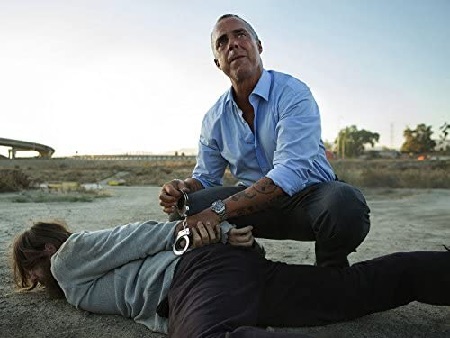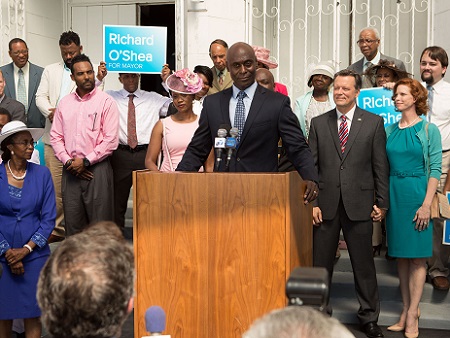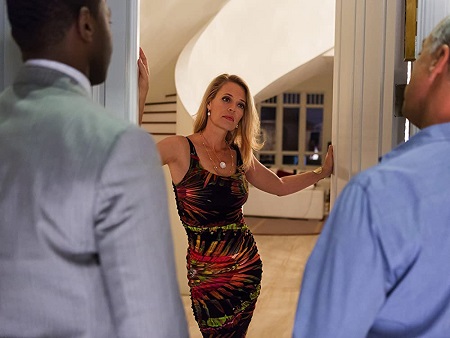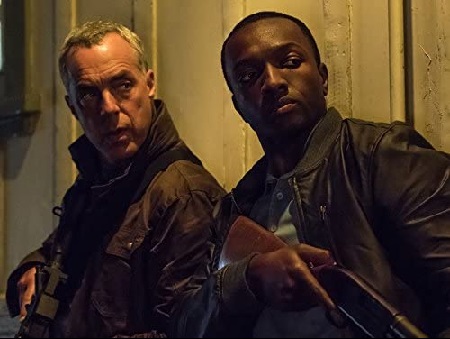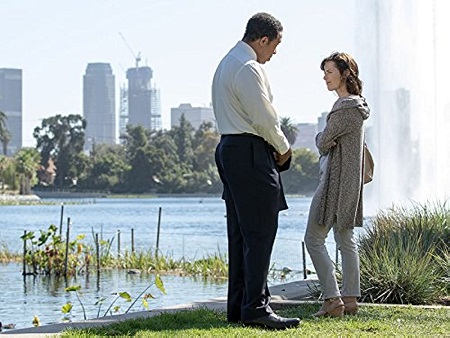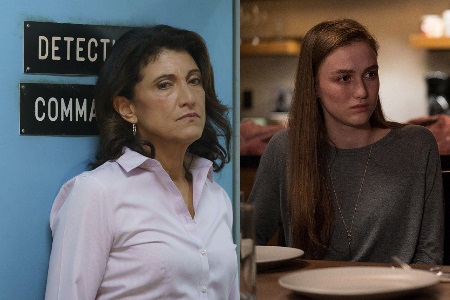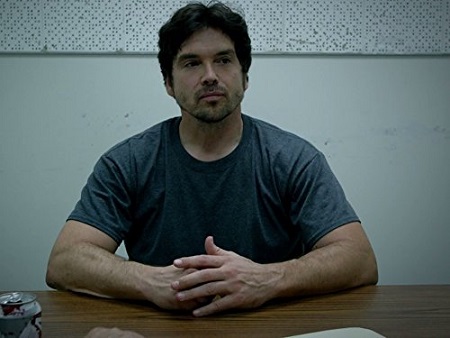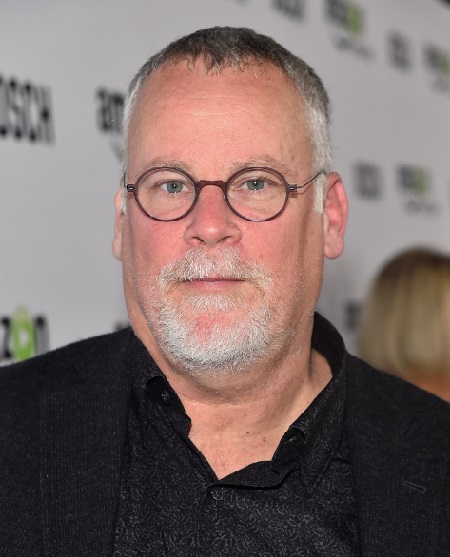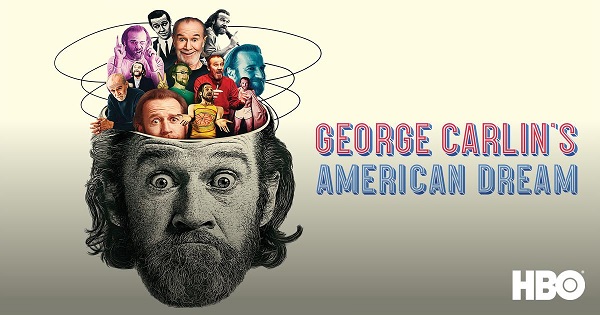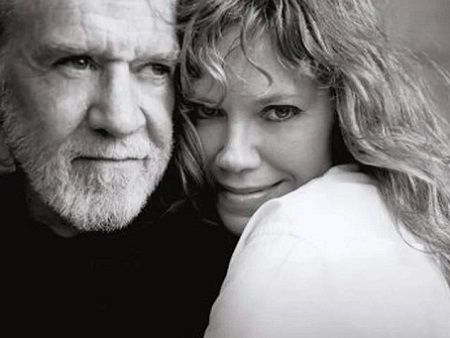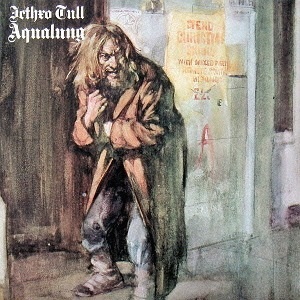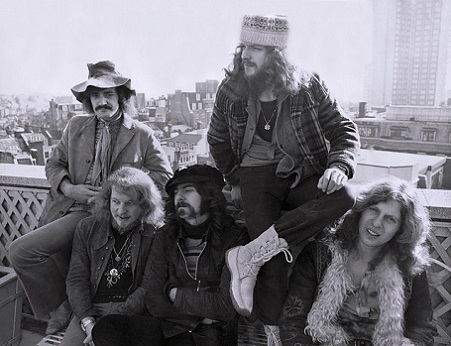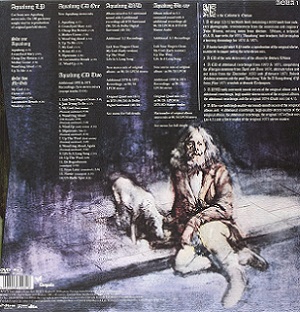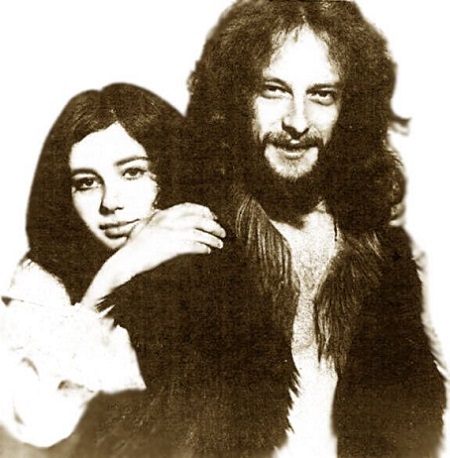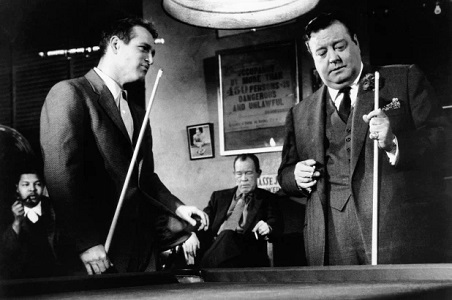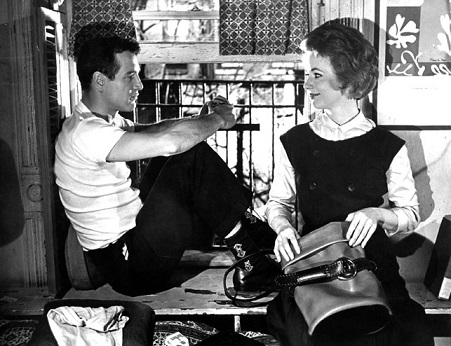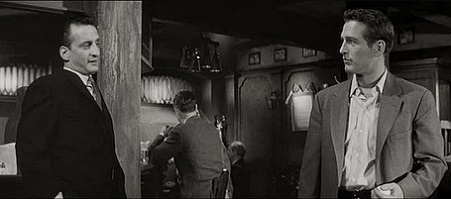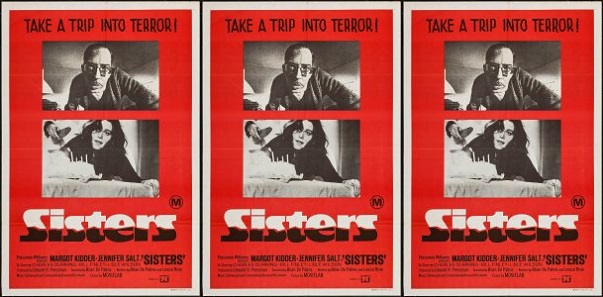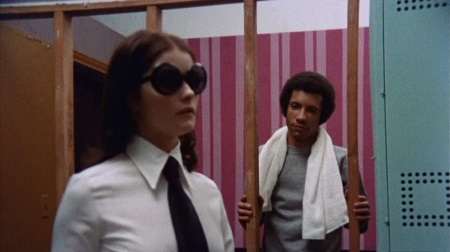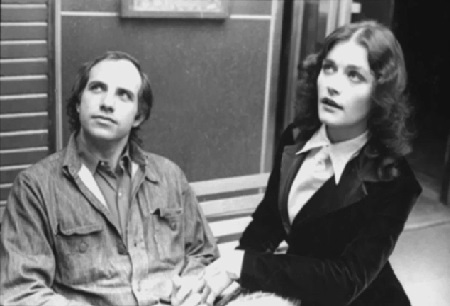Following a successful career as part of the band Eagles, Don Henley of Gilmer, Texas achieved success with work under his own name. The second album released in this way was Building the Perfect Beast, which was released in the third week of November, 1984.

The Boys of Summer opens Building the Perfect Beast with lyrics by Don Henley and music composed by Mike Campbell of Panama City, Florida and Tom Petty & the Heartbreakers. The song is a look back at what was had with a past relationship and wanting those feelings and experiences back again. Evoking a feeling of summer at a beach offers a pleasant sense of nostalgia for me.

You Can’t Make Love offers a rather grim look into the physical and emotional limitations that keep the singer from a full expression of love. I sense Henley saying that engaging many of the heartfelt parts of love will offer simply the illusion of love without granting the intimacy that offers true emotional connection. Henley wrote this song with Danny Kortchmar of Larchmont, New York.
Man With a Mission offers a country dance floor sensibility to suggesting that is singular focus is on emotionally connecting with someone he wishes to know romantically. J.D. Souther of Detroit, Michigan joined Kortchmar and Henley writing this song.
You’re Not Drinking Enough went full country lament for the sadness of a love lost. The song focuses on the hurt of loving another, with advice to drink more as a coping mechanism against the pain. With writing credits for Danny Kortchmar here, this song was most popularly covered by Earl Thomas Conley of Portsmouth, Ohio, with another cover by Alan Jackson of Newnan, Georgia here.

Not Enough Love in the World lands with a soft rock sound with writing credits for Benmont Tench of Gainesville, Florida, Henley and Kortchmar. The song deals with another rocky relationship wherein the singer indicates he remains in love. As indicated here, the relationship sung about might be one between Henley and Stevie Nicks of Phoenix, Arizona.
Don Henley’s second studio album gains its title from the song Building the Perfect Beast. In what feels like a reference to the beast that couldn’t be killed in the song Hotel California by Eagles, this song offers a sarcastic look at the psychological torment that losing in love does in turning a man all around. That the distance traveled to building that beast is our own doing is a cruel feeling indeed.
All She Wants to Do Is Dance present writing credits for Danny Kortchmar. The song, as indicated by SongFacts here, “draws on classic literature for song inspiration.” The Great Gatsby by F. Scott Fitzgerald of St. Paul, Minnesota and The Ugly American by Eugene Burdick of Sheldon, Iowa and William Lederer of New York City, New York are those classics. The song itself is among Henley‘s more successful in his solo career in part due to the pop groove of the sound.

Written by Don Henley alone, A Month of Sundays offers a sentimental ballad of a lifestyle lost and looked upon in retrospect. Looking back as a grandfather who built things with pride, the song is sadness, lament and acknowledgment that the current world is no longer the one he knew.
Sunset Grill offers the writing collaboration of Henley, Kortchmar and Tench once again. As captured here, the “Sunset Grill is a real place and a favorite spot for Henley. Located on Sunset Boulevard in Los Angeles, it’s a place where Henley could see how everyday people interact, which isn’t always easy to do when you’re a celebrity in LA.” Further, the Sunset Grill was used as “a metaphor for what he liked, what he thought was great about society. And then he also used it to describe what he didn’t like, which is plenty.”
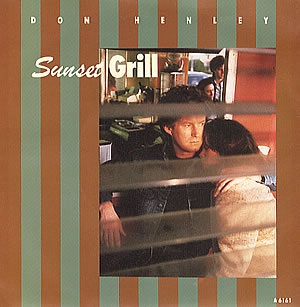
Drivin’ With Your Eyes Closed brings a perspective of the elevation of women in the eyes of men in romantic relationships. Stan Lynch of Gainesville, Florida and Tom Petty & The Heartbreakers joins Henley and Kortchmar with writing credits, wherein Henley‘s lyrics point out that improperly appreciating women in romance is bound to end badly.
Land of the Living is the concluding song to Building the Perfect Beast, granting Henley and Kortchmar their final collaboration for this album. The messaging gets into an uplifting feel as an album sendoff. Lyrically the song is a call to slow down and metaphorically smell the roses with the one you’re with. The song does provide the light touch in bringing me home with satisfaction and lightness of spirit.
Additional musicians contributing to Building the Perfect Beast included Steve Porcaro of Hartford, Connecticut, David Paich of Los Angeles, California, Michael Boddicker of Cedar Rapids, Iowa, Albhy Galuten of Hartsdale, New York, Randy Newman of Los Angeles, California, Bill Cuomo, Lindsey Buckingham of Palo Alto, California, Charlie Sexton of San Antonio, Texas, Larry Klein of California, Pino Palladino of Cardiff, Wales, Tim Drummond of Bloomington, Illinois, Ian Wallace of Los Angeles, California, Kevin McCormick, Jim Keltner of Tulsa, Oklahoma, Maren Jensen of Arcadia, California, Jerry Hey of Dixon, Illinois, Belinda Carlisle of Hollywood, California, Sam Moore of Miami, Florida, Martha Davis of Berkley, California, Michael O’Donahue, Carla Olson of Austin, Texas, Patty Smyth of New York City, New York, Waddy Wachtel of New York City, New York, Marie Pascale Elfman and Dominique Mancinelli.
Matt – Saturday, November 19, 2022


